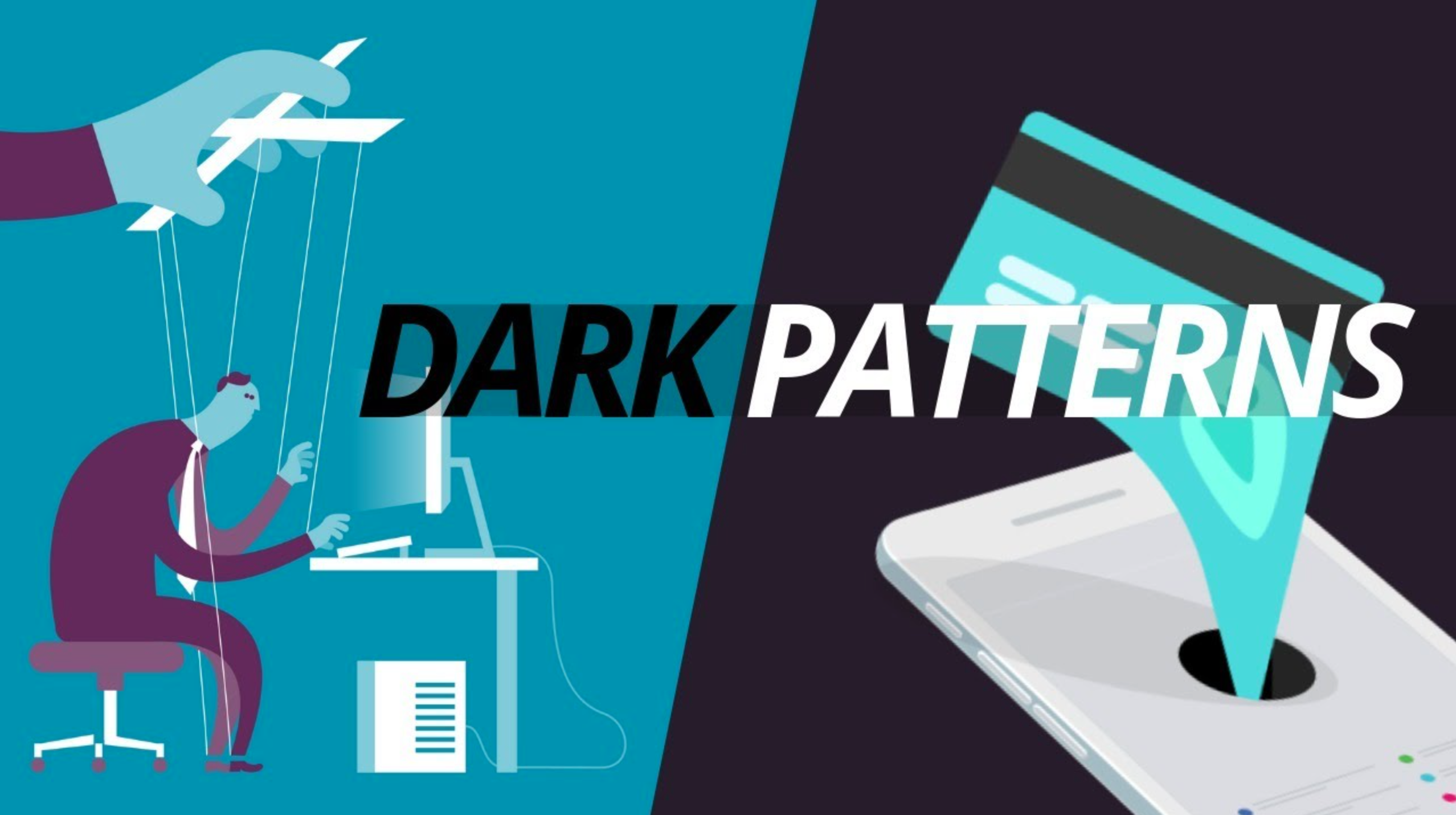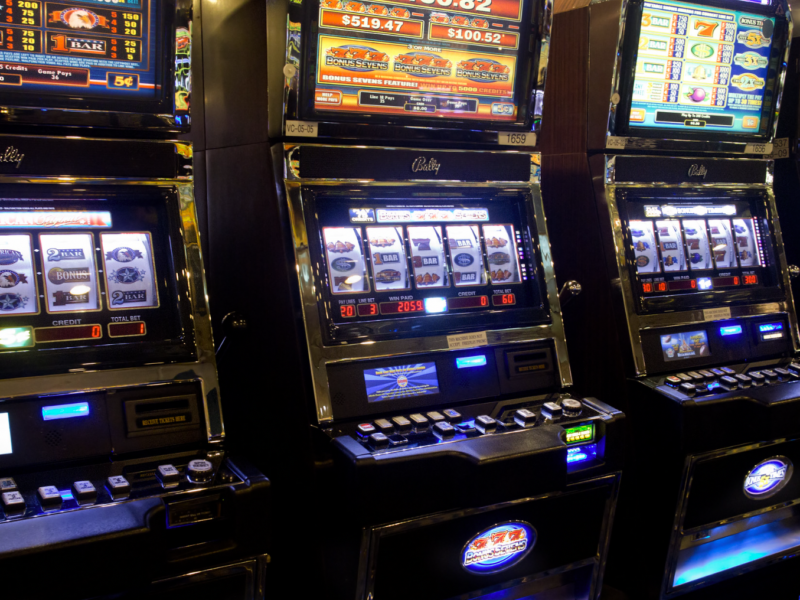If you don’t know what dark patterns are, we’ll define the term and give a few examples.
Table of Contents
What are dark patterns?
Dark patterns are tricks and sleights of hand used by websites and apps that make you do things that you didn’t mean to, like buying or signing up for something.
What are the most common ones we run into when analyzing brands?
Dark Pattern #1: Fake countdowns and deadlines
This is so common that people might not even consider it a dark pattern.
Fake countdowns that reset a refresh or “last chance” offer that becomes an offer again in a week.
Urgency is powerful, but please make it real.
Dark Pattern #2: Fake visitors as social proof
You’d think this is something only a new website tries because they don’t have traffic but even a rather big European brand, InterSport, does this.
Usually done by adding a widget saying visitors are looking at the same product.
Dark Pattern #3: Discount for the first month only on a subscription
A common example is pitching a subscription at a certain (discounted) price in a big bold text while putting an asterisk with low-contrast text that it’s just for the first month.
This looks like a mini-dark pattern to us given the intent to deceive.
Of course, please be wary of doing business with any companies that try to pull off these tricks.
Dark Pattern #4: Coming soon! (Maybe… someday… or not)
Some companies will announce products ahead of time and take in deposits while keeping customers waiting for years.
Tesla is a common example of this.
They announce products, take in deposits, and, most importantly, get those products discounted into the valuation to promote the stock.
On the CyberTruck sales page, they assert “you will be able to change your configuration as production nears in 2022.”

The product doesn’t exist. “As production nears” is about as sleazy and deceptive as it gets.
FSD (“full self-driving”) is another example of a product that Tesla charges $10,000 apiece for but is only an L2 ADAS system, nothing near L5 that would genuinely qualify it as full self-driving. It’s clear consumer fraud.
If a company is also run by a securities fraudster (Elon Musk), that’s another indication of potential dark pattern behavior.


